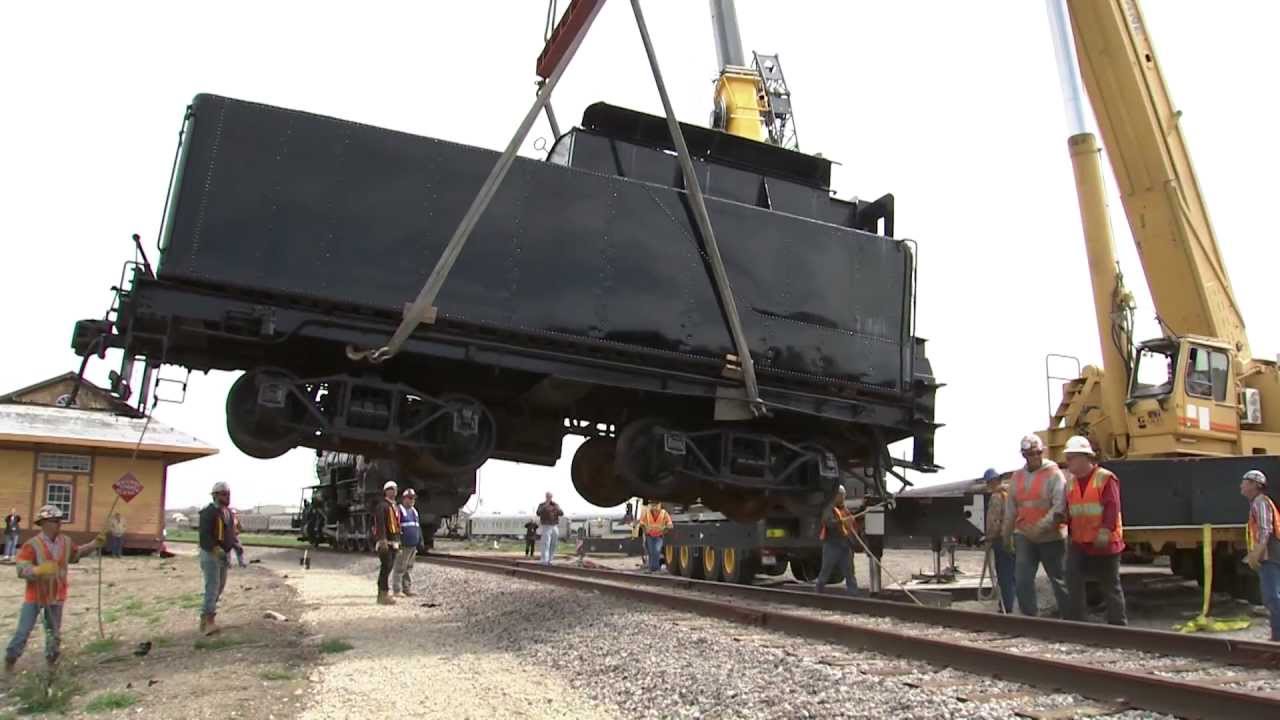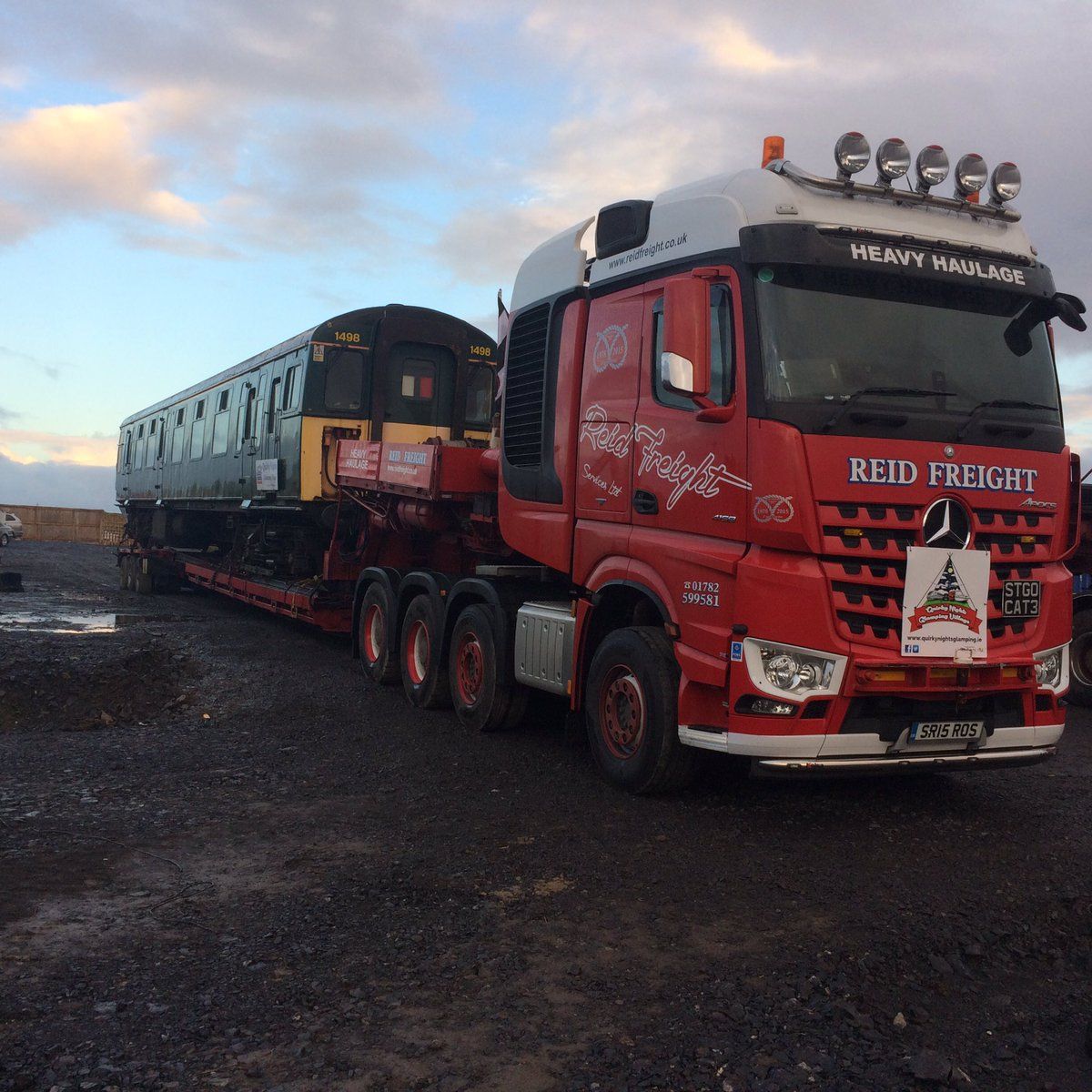New Finance Bill sets mortgage threshold for help-to-buy scheme
THRESHOLD FOR FIRST-TIME-BUYER SCHEME REDUCED TO 70% OF PROPERTY’S VALUE


EVEN WITH A MAXIMUM REBATE, A COUPLE BUYING A €400,000 HOME WILL NEED TO FIND €38,000 FOR THEIR DEPOSIT.
The mortgage threshold for first-time buyers looking to apply for a rebate under the new help-to-buy scheme has been reduced to 70% of the value of the home in the Finance Bill.
The Government reduced the figure from the 80% announced in the budget last week after intervention by the Central Bank, which was concerned that it would encourage young homebuyers to take on excessive debt.
There has been no change as yet in other elements of the rebate scheme. However, it is expected that the Government will introduce an amendment to the Bill as it passes through the Oireachtas lowering the €600,000 upper limit on the value of homes eligible under the scheme.
REBATE.
As it stands, first-time buyers can apply for a rebate of income tax paid over the four completed tax years prior to purchase up to 5% of the value of the home, or €20,000, whichever is the lesser.
That effectively limits the 5% rebate to properties worth €400,000 or less. Homebuyers can still avail of the relief on properties worth more than that but get no further relief. If the property is worth more than €600,000 – or whatever lower limit is eventually agreed – no relief is available.
The properties bought must either be newly built or self-built by the first-time buyer, and the buyers must have signed a contract on or after July 19th last, or, in the case of self-builds, drawn down the first tranche of their mortgage on or after that date.
A couple buying a €400,000 home require a deposit of €58,000 – 10% on the first €220,000 of value and 20% on the balance. Even with a maximum rebate, they will need to find €38,000 for their deposit.
Applications for the rebate will require the filing of tax returns for the years in question even for PAYE earners who might not, until now, have filed such returns. Revenue will start accepting applications on January 1st, 2017, and will outline the application details required before then.
There will also be a clawback arrangement, blocking homeowners from vacating the property for at least five years after the purchase – for instance to rent it. However, they can avail of the potential €14,000 a year available under the rent-a-room scheme.
Garda strikes would halt criminal court cases, lawyers now say
APPLICATIONS TO HAVE NEW CASES STRUCK OUT WILL BE MADE, A SOLICITOR WARNS


Lawyers say criminal cases at the Central Criminal Court in Dublin, pictured, and throughout the country would be halted by the proposed strikes by Gardaí.
It will be practically impossible for criminal cases to proceed if the strikes planned by Gardaí go ahead, lawyers have warned.
Civil cases, particularly at the Four Courts, where a private security company operates, are likely to proceed, though Gardaí do provide a level of security in many other civil courts. There may be issues with family courts, where a Garda presence, particularly at district level, is often required as a peacekeeping influence.
Two Garda unions have voted to take industrial action and 10,500 rank-and-file Gardaí and an estimated 2,000 sergeants and inspectors will refuse to work for 24 hours from 7am on the four Fridays beginning on November 4th.
Garda COURT ROLE?
Gardaí play an integral part in criminal court cases. Their roles include giving evidence as witnesses, liaising with other witnesses and ensuring they attend court, and liaising with victims and their families. Exhibits officers also control all of the physical evidence in cases.
At District Court level, Gardaí bring prosecutions in minor cases and sergeants or inspectors act as court presenters, bringing forward cases in court instead of requiring a large number of individual gardaí to attend.
Senior counsel Vincent Heneghan said he expected the overall effect of the strike, if it goes ahead, will be that the courts will lose four days out of 20 in November.
“That is hugely significant,” he said. “There will also be cases adjourned and new cases coming into the system could be substantially delayed. The strike could create a clogging effect at the District Court.”
Another senior counsel said Gardaí giving evidence in trials are summonsed to appear in court, like any other witness, and so would be required to appear, even on strike days. But given that other elements of Garda work would not be in place, it remains to be seen whether this will be an issue.
Hospital patients nutrition levels are not being assessed adequately says HIQA
THE HEALTH WATCHDOG RELEASED NEW REPORTS INTO CARE AT TALLAGHT, LIMERICK AND BEAUMONT HOSPITALS
 v
v 

HEALTH WATCHDOG HIQA IS REPORTING THAT SOME HOSPITALS ARE NOT ADEQUATELY ASSESSING PATIENT’S NUTRITION LEVELS.
Ad hoc systems are implemented when it comes to ensuring patients are properly nourished and hydrated, the reports find.
Concern has also been raised about communication with patients on their food requirements during their time under medical care.
An unannounced inspection in Tallaght Hospital was carried in August this year. Inspectors found that patients on these wards were not always screened for their risk of malnutrition on admission, nor were they re-screened weekly.
Patients offered mixed views on the quality of meals. In addition, a small number of patients reported that they had not always received what they had ordered.
During an unannounced inspection at Beaumount Hospital, it was found that patients were routinely screened for the risk of malnutrition on admission on some of the wards. However, inspectors found that screening was not always carried out for patients in a timely manner.
Most patients were positive about the meals offered, other patients offered mixed views on the meals. A small number of patients reported that they had not always received what they had ordered.
Findings from their inspection at University Hospital Limerick show that the hospital routinely screened patients on all wards for their risk of malnutrition within 24 hours of admission to hospital. However, weekly re-screening was not always carried out.
While the majority of patients spoken with by inspectors were complimentary about the choice, taste and temperature of food and drinks available in the hospital, some patients told inspectors that meal times, especially the evening meal, was too early.
Results also show that not all patients who required assistance were offered it in a prompt manner and there was no system in place to alert catering staff as to which patients needed assistance with meals.
David McGowan adds vintage train to quirky collection in Glamping village Enniscrone Co Sligo
Train carriages transported to the glamping site in Sligo.
David McGowan oversaw the arrival of a three-carriage train to Enniscrone in Sligo from London on Monday.
A funeral director has told how he wants to bring a “bit of life” back into his area with a quirky glamping village where guests can sleep in a vintage train.
 David McGowan oversaw the arrival of a three-carriage train to Enniscrone in Sligo from London on Monday – just months after bringing a Boeing 767 to the seaside town.
David McGowan oversaw the arrival of a three-carriage train to Enniscrone in Sligo from London on Monday – just months after bringing a Boeing 767 to the seaside town.
The 56-year-old businessman, who is from nearby Ballina, Co Mayo, became a local celebrity in May when he transported the aircraft north from Co Clare by sea on a barge.
And he was delighted with his latest arrival at 7am on Monday, confident his unique collection of a plane, train, yacht and helicopter can make his glamping site a must-see for thousands of visitors.
The dad of three said: “There’s great support for it and there’s a great social impact as well.
“It’s putting Sligo on the world map and there’s two towns there, Ballina and Enniscrone, and it’s bringing a bit of life about the place.”
The train was bought from a preserved railway in North London and the huge task of bringing it to the West of Ireland took almost four days – and was only permitted to take place in Ireland at night.
The carriages, which were used on the London rail network for many years, cost €20,000 with transport costs likely to add up to a further €20,000.
A Boeing 767 airplane arrives at Enniscrone estuary after being tugged from Shannon airport out to sea around the west coast of Ireland, May 7, 2016.
The train was brought by truck from London to Heysham before being transported by ferry to Dublin Port.
The mammoth delivery was then taken through the capital and across Ireland to Sligo with 10 voluntary bike marshalls driving alongside the unique consignment.
However, while David said it was a challenge, he added it was not as difficult as transporting the Boeing 767 in May.
He said: “I was after moving a plane so nothing could be bigger than that. And I was better prepared this time, I wasn’t prepared for the plane. I was a lot cuter this time.”
David added they have had 40,000 visitors in Enniscrone since the Boeing 767 arrived and he is eager to build on the interest and increase tourism in the area.
He also told how they streamed the transportation of the train live online.
David said: “There was 1,000 people at the quays when we arrived.”
Monkey toolmakers smash some long-held beliefs
CAPUCHIN MONKEYS MAKE SHARP STONE FLAKES SIMILAR TO THOSE MADE BY ANCIENT HUMANS



A CAPUCHIN MONKEY ABOVE PIC BREAKS ITS HAMMERSTONE AS IT STRIKES AN EMBEDDED COBBLE IN THE SERRA DA CAPIVARA NATIONAL PARK, BRAZIL. THE MONKEYS PREFERRED TO LICK OFF THE STONE DUST AND THEN THROW THE FLAKES AWAY.
A troop of monkeys in Brazil has smashed a long-held belief that only humans were smart enough to manufacture tools.
The capuchin monkeys were videoed happily banging one stone against another, chipping off sharp-edged rock flakes in the process.
These flakes look identical to the stone flake tools made by early humans.
But while our ancestors used the sharp edges for cutting and scraping objects, the monkeys preferred to lick off the stone dust and then throw the flakes away.
Prof Tomos Proffitt of Oxford University and colleagues travelled to South America to video the capuchins as they bashed stones together.
The monkeys very deliberately smashed the stones to break them apart but the resultant sharp flakes were an unintentional result of their efforts, the scientists write on Wednesday in the journal Nature.
The discovery is hugely important, however. The team collected stone fragments immediately after they were produced and these are virtually indistinguishable from the flakes produced intentionally by early humans.
This means there could be doubts about whether the stone tools found at early stone age sites were produced by humans or monkeys.
Hallmark of earliest human tool development. 

Scientists use the distinctive characteristics of flaked stone tools to distinguish them from naturally broken stones. The flakes have always been considered a hallmark of human involvement in the earliest stone tool technology, the authors write.
The capuchin’s party piece, a trick perhaps also repeated by its ancestors, undermines the assumption that the making of sharp flakes must have been achieved through human involvement.
The monkeys use two hands to pound a hammer stone against another, the goal being to break the stones open, the authors say. The animals then lick up the dust, perhaps to get at minerals inside or to consume lichens released by all the banging.
They discard the stone flakes once the dust has been licked off and they were never seen using the sharp edges to cut or scrape, the scientists add.



No comments:
Post a Comment